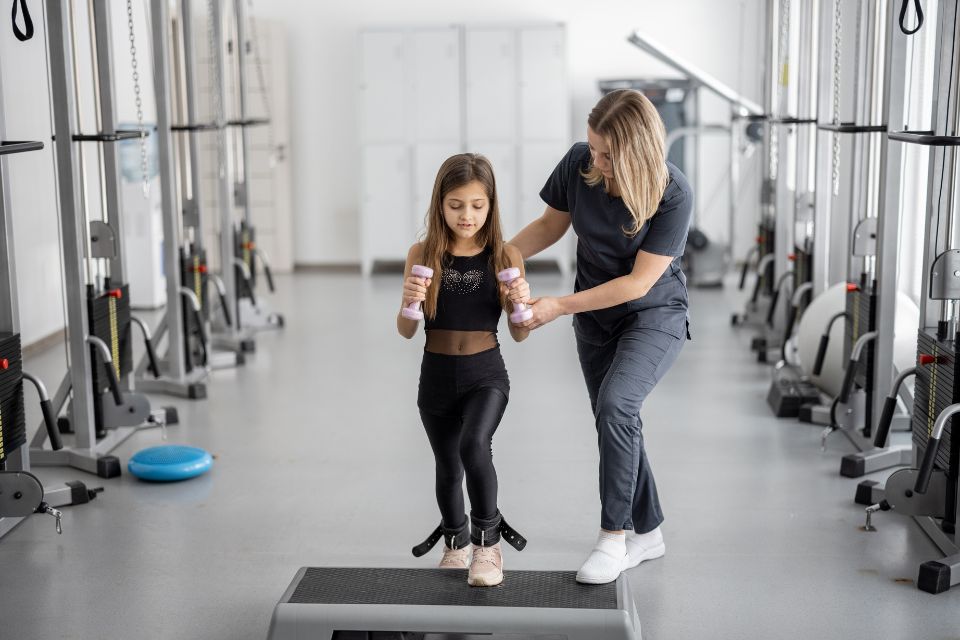Frequently Asked Questions
Patient education programs for individuals recovering from spinal cord injuries can be customized by incorporating personalized rehabilitation strategies that address unique mobility challenges, sensory deficits, and psychosocial needs. These programs may include modules on adaptive technologies such as wheelchairs or exoskeletons, pain management techniques including pharmacological interventions and alternative therapies like acupuncture or mindfulness practices, as well as nutrition plans to support healing and overall wellness. Educational resources should focus on topics like bladder and bowel management, pressure sore prevention through skin care protocols, mental health awareness to mitigate feelings of isolation or depression, and community integration strategies that promote social engagement. Furthermore, involving family members in the educational process ensures a supportive environment conducive to recovery while fostering effective communication between healthcare providers and patients about long-term goals such as functional independence and vocational rehabilitation opportunities.
Healthcare providers can effectively empower patients with chronic pain during their rehabilitation process by implementing a multifaceted approach that incorporates patient education, collaborative goal-setting, and the utilization of evidence-based therapies. By fostering an environment of open communication, providers encourage patients to express their concerns and preferences regarding treatment options, which enhances their sense of control over pain management strategies. Integrating cognitive-behavioral techniques alongside physical therapy modalities like graded exposure can help in addressing psychosocial factors affecting recovery while promoting self-efficacy. Additionally, employing holistic practices such as mindfulness meditation or yoga—alongside pharmacological interventions when necessary—can aid in improving overall well-being and functional outcomes. Regularly assessing progress through validated outcome measures allows for adaptive modifications to individualized care plans that align with each patient's unique challenges related to chronic pain syndromes.
Digital health technology significantly enhances patient education and engagement in post-surgery recovery protocols by providing personalized resources, real-time monitoring, and interactive platforms. Through mobile applications and telehealth services, patients receive tailored information regarding their specific surgical procedures, medication schedules, rehabilitation exercises, and dietary guidelines. Wearable devices enable continuous tracking of vital signs such as heart rate and activity levels while alerting both the patient and healthcare providers to any concerning changes that may require intervention. Furthermore, virtual support groups foster community engagement among recovering individuals who share experiences and coping strategies. Gamification features within these digital tools can motivate adherence to prescribed regimens through rewards for completing tasks associated with recovery milestones. Overall, the integration of artificial intelligence-driven chatbots offers instant access to reliable answers about postoperative care or complications while facilitating a more informed decision-making process during recovery periods.
Cultural differences significantly influence the effectiveness of patient empowerment initiatives in physical therapy settings by shaping patients' perceptions, beliefs, and engagement levels regarding health practices. Variations in cultural norms can affect communication styles between therapists and patients, leading to potential misunderstandings or misinterpretations of treatment goals. For instance, collectivist cultures may prioritize family involvement in decision-making processes concerning rehabilitation strategies, necessitating a more inclusive approach from practitioners who aim to foster autonomy while respecting familial roles. Additionally, differing attitudes toward healthcare authority could impact how individuals respond to motivational interviewing techniques or educational interventions designed to enhance self-efficacy and promote active participation in their recovery journey. Ultimately, recognizing these nuanced cultural dynamics is essential for tailoring evidence-based interventions that resonate with diverse populations and facilitate successful outcomes within the realm of physical therapy.
Family involvement plays a crucial role in reinforcing patient education and promoting adherence to rehabilitation exercises at home, as it creates a supportive environment that fosters motivation and accountability. When family members engage actively in the recovery process, they contribute to enhanced understanding of therapeutic modalities, which can include knowledge about specific rehabilitation protocols such as range-of-motion activities or strength training regimens. This collaborative approach not only facilitates effective communication regarding treatment goals but also aids in monitoring compliance with prescribed exercise routines. Furthermore, emotional support from relatives can alleviate feelings of isolation often experienced during recovery while influencing positive behavioral changes toward health-related habits. Consequently, fostering strong familial ties within the context of healthcare leads to improved outcomes by ensuring patients remain committed to their rehabilitative journeys through consistent practice and reinforcement of learned techniques at home.

